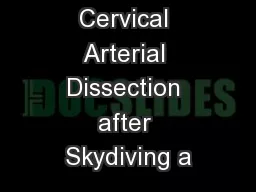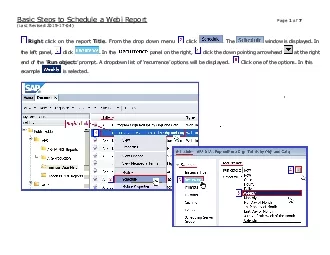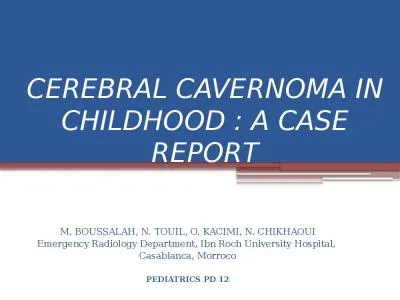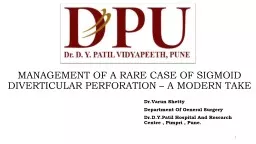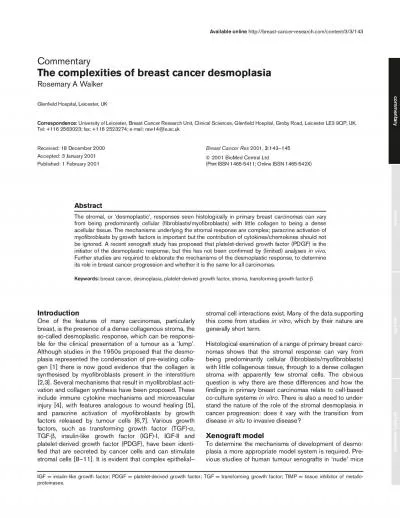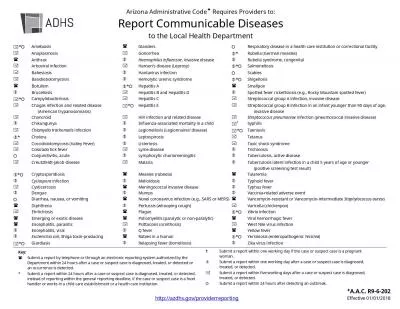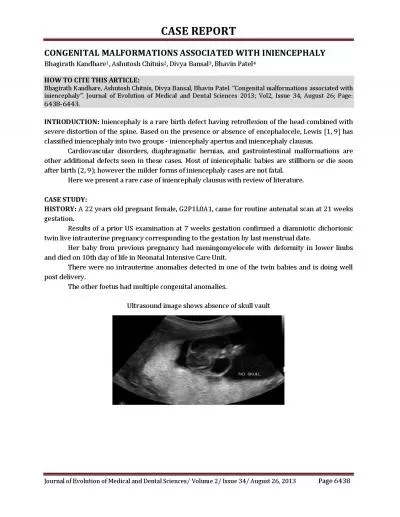PDF-Desmoplastic x00660069broma Case report
Author : ethlyn | Published Date : 2022-09-22
1 Federal University of Ceará Campus Sobral Faculty of Denx00740069stry Department of Stomatology and Oral Pathology Sobral Ceará Brasil Federal University
Presentation Embed Code
Download Presentation
Download Presentation The PPT/PDF document "Desmoplastic x00660069broma Case report" is the property of its rightful owner. Permission is granted to download and print the materials on this website for personal, non-commercial use only, and to display it on your personal computer provided you do not modify the materials and that you retain all copyright notices contained in the materials. By downloading content from our website, you accept the terms of this agreement.
Desmoplastic x00660069broma Case report: Transcript
Download Rules Of Document
"Desmoplastic x00660069broma Case report"The content belongs to its owner. You may download and print it for personal use, without modification, and keep all copyright notices. By downloading, you agree to these terms.
Related Documents




